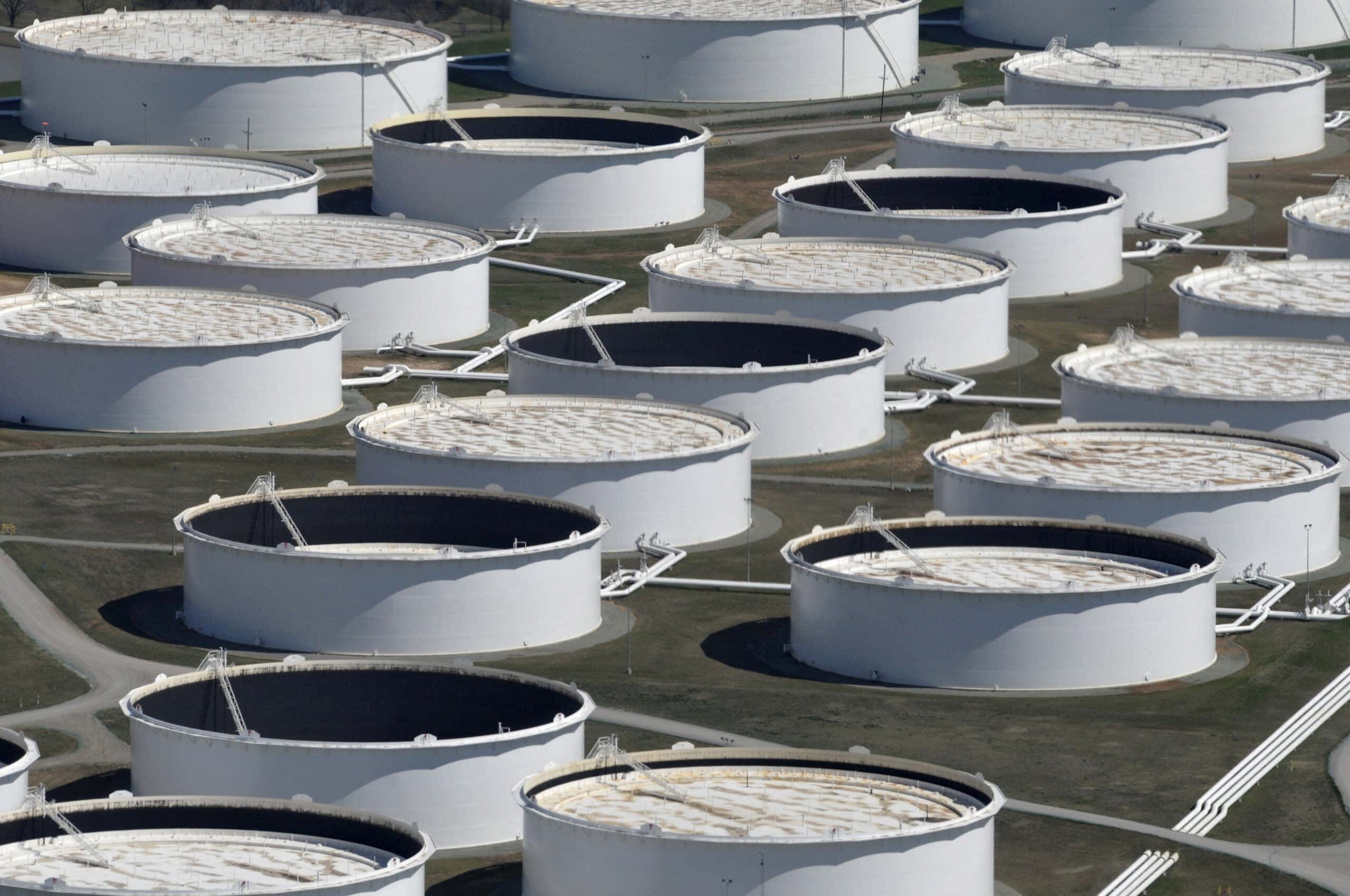This rebound was primarily driven by expectations of reduced supplies, which overshadowed concerns about potential demand slowdowns.

Oil prices rise in Asian trading on Monday, bouncing back after their initial dip in four weeks
Last week, oil prices rise around 0.8% lower, influenced by the Federal Reserve’s hawkish stance and its indication of prolonged high interest rates. The strength of the dollar also played a role, reaching a six-month peak.
However, the curtailment of fuel exports by Russia, aimed at curbing surging local gasoline prices, helped mitigate these losses. Although Moscow assured that this measure was temporary, it is anticipated to significantly tighten oil prices rise in the upcoming weeks. This effect will be magnified by Russia and Saudi Arabia’s joint reduction in production by 1.3 million barrels per day for the rest of the year. This move triggered a remarkable 15% surge in oil prices over the past month, and it is anticipated to maintain crude trading within the $90 to $100 per barrel range for the remainder of the year due to oil prices rise.
At 20:19 ET (00:19 GMT), Brent oil futures saw a 0.3% increase, reaching $92.22 per barrel, while West Texas Intermediate crude futures also rose by 0.3%, reaching $90.30 per barrel. Both contracts retreated from their 10-month highs last week.
Market attention is now directed toward crucial economic indicators scheduled for release this week, including inflation data from Singapore, Australia, Germany, and Japan for September
Oil prices rise are causing growing concerns about a resurgence in inflation, potentially prompting more assertive actions from global central banks. Recent inflation reports from major economies in August indicated a renewed upward trend, with fuel costs contributing to heightened living expenses, a concern echoed by the Fed in its latest meeting due to oil prices rise.
In addition to the inflation data, the focus this week also centers on speeches by several Fed members, particularly Chair Jerome Powell on Friday. Powell is anticipated to reaffirm the central bank’s commitment to prolonged high-interest rates, potentially shedding more light on the recent uptick in inflation. The oil market also found support in the potential for additional stimulus measures in China, the world’s largest oil importer. Reports from last week indicated China’s intentions to further relax foreign investment regulations while improving lending and liquidity conditions in the property sector, offering an additional boost to the market.
This week’s primary focus remains on the Purchasing Managers’ Index (PMI) data for September, building on the signs of improvement observed in August, particularly in the management sector.
READ ALSO: Maximizing Individual Retirement Accounts: A Smart Strategy For Tax Efficiency




